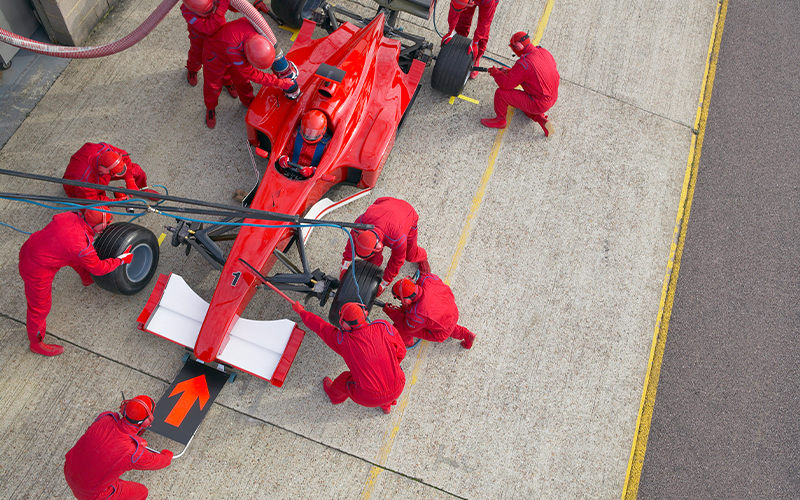Part 2: The UK Government Procurement Transformation
Building a High Performing Team
In part one of this series, which provided the historical context of government procurement in the UK, we can see that at a macro level, the early crude and often impractical approaches to whole-of-government procurement eventually started to give way to an approach that not only reflects the real-world operating environment of government organisations but which also begins to add genuine value to departments.
The success that the Crown Commercial Service (CCS) had achieved since being founded in 2013 did not go unnoticed, and it was recognised that procurement had a big part to play in helping the Government deliver better value for citizens across some £50 Bn of third-party spend.
The Talent Challenge
The concept of a Government Commercial Function evolved – not dissimilar to those emerging in the finance and legal professions – with a corporate body at its centre. This body became known as the Government Commercial Organisation (GCO) and crucially, it set about resolving the long-standing problem of attracting top talent into public sector procurement.
At the heart of the talent challenge was that public sector salaries in the procurement profession had been falling behind those in the private sector for many years – to the extent that there was a very significant disparity in earnings at every level, but particularly at the top.
It is however worth noting that pension benefits in the public sector were highly favourable, much higher than those typically found in the private sector. The pension arrangements quickly came to be seen as an opportunity that could redress the problem of a public/private salary imbalance.
After extensive consultation, it was agreed by Treasury that the procurement profession could begin to offer its own employment terms that would be far more attractive in the open market. This involved drastically reducing the publicly-funded pension schemes made available to new starters, and instead provided significantly enhanced salary potential – and performance bonuses – previously unseen in government employment.
Consequently, the UK Government was soon able to compete with the nation’s largest private companies for procurement talent. Starting with the top 1,000 roles by grade, with the GCO becoming the employer, even though individuals were engaged operationally across government departments.
The difference a high-performing team makes
As expected, the more competitive salaries attracted the best and brightest in the profession. It was the development of a higher calibre team that would enable the GCO to perform at a higher level and this trend has continued as the GCO has expanded its remit and its reach across the procurement profession. The resulting uplift in the pedigree was palpable and early results demonstrable.
Establishing a high-performing team proved to be the game-changer the leadership of the GCO had hoped for. Yet in many ways, it was only the beginning. With the right people in place, further investment and development could be undertaken with greater confidence than ever before. But first, some hard heads in Treasury needed more convincing.
“Having these seniors in one extended team has developed a cohort of professionals that are all able to see the overall aim, and work on cross cutting initiatives, while also delivering for their department”.
Gareth Rhys-Williams, Government Chief Commercial Officer





